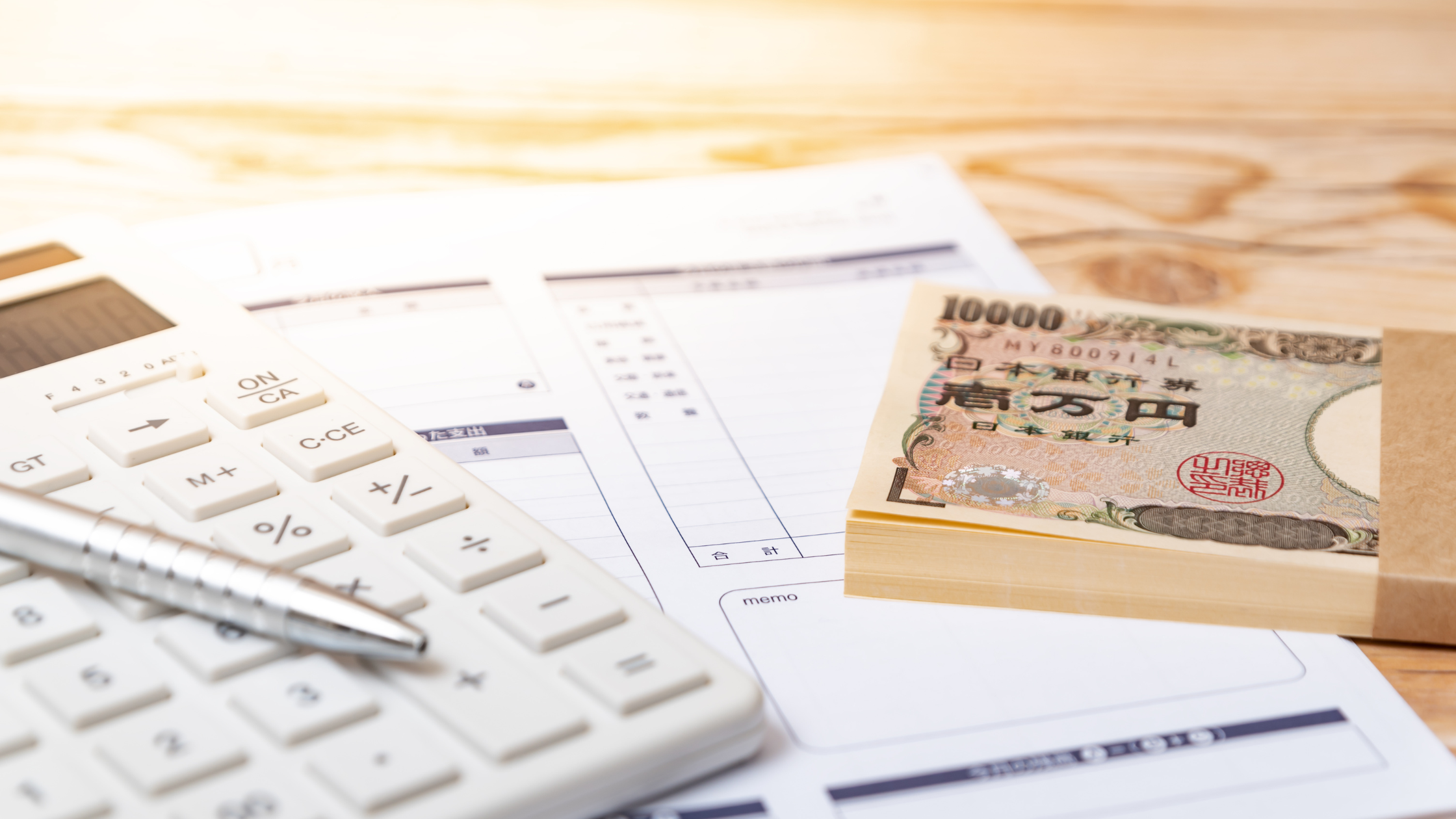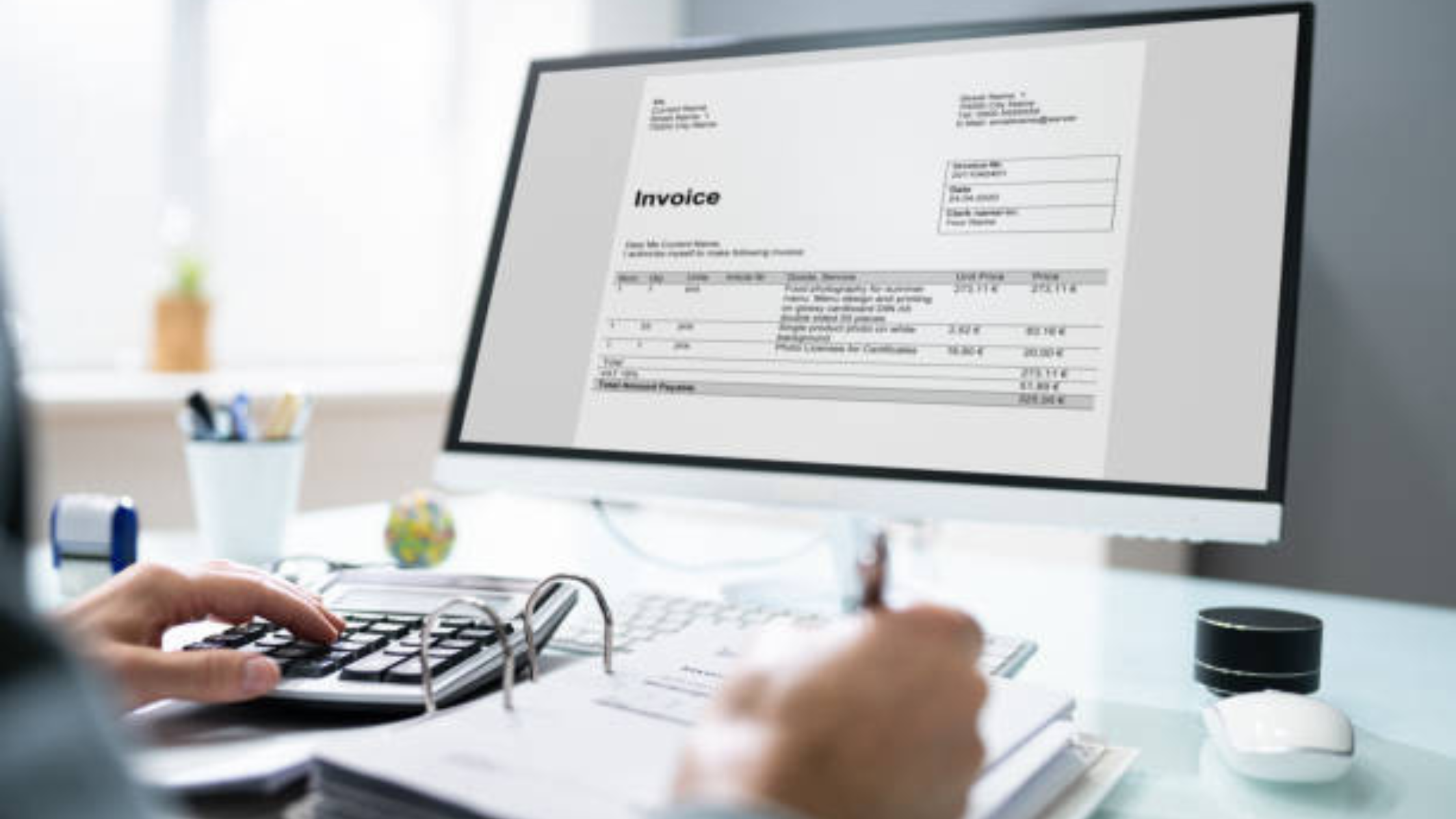Create Rent Receipts with Revenue Stamp in Word Format

Creating rent receipts with revenue stamps in Word format provides a professional and legally compliant way to document rental transactions. Revenue stamps add a formal touch and ensure authenticity, making the receipt legally binding. Using Word format allows for easy customization, editing, and sharing of receipts. This introduction aims to guide individuals, landlords, and businesses on the importance of incorporating revenue stamps into rent receipts and how to efficiently create them using Microsoft Word. By following simple steps and utilizing Word's features, one can streamline the process of generating rent receipts while adhering to legal requirements. Whether for personal records or official purposes, rent receipts with revenue stamps in Word format offer a reliable and convenient solution for documenting rental payments.
Understanding Revenue Stamps
Revenue stamps are vital components of legal documents used to signify the payment of specific fees or taxes to the government. These stamps serve as a method of authentication, ensuring the legality and validity of the associated paperwork. Let's delve deeper into the realm of revenue stamps to comprehend their significance and impact on financial transactions.
Definition and Purpose of Revenue Stamps in Legal Documents
In legal documentation, revenue stamps play a critical role in validating the authenticity of various agreements, contracts, and transactions. They act as tangible evidence that the necessary financial obligations have been fulfilled, providing assurance to all parties involved. Additionally, governmental authorities often mandate revenue stamps to enforce compliance with fiscal regulations and deter fraudulent activities.
How Revenue Stamps Add Authenticity to Financial Transactions
Beyond their function in legal formalities, revenue stamps substantially enhance the authenticity of financial transactions. When affixed to documents like deeds, bonds, or licenses, these stamps not only indicate the payment of dues but also establish trust and credibility. The presence of a revenue stamp signifies that the transaction has been officially recognized by the relevant authorities, instilling confidence in the financial integrity of the parties involved.
Evolution and Innovation in Revenue Stamps
Throughout history, revenue stamps have evolved to meet the changing needs of modern commerce. Initially paper-based, these stamps now encompass electronically generated imprints, diversifying the methods of their application. Moreover, advancements in security features have been integrated to prevent counterfeiting and maintain the integrity of these stamps. As technology progresses, the future of revenue stamps may witness further innovations to adapt to digital transactions and emerging financial landscapes.
Importance of Revenue Stamps in Ensuring Legal Compliance
Revenue stamps not only signify financial accountability but also ensure legal compliance in various transactions. Their historical significance underscores the importance of upholding financial integrity and adhering to legal regulations. By understanding the nuances of revenue stamps, individuals can appreciate their role in upholding transparency and trust in financial dealings.
Revenue stamps serve as a testament to the financial accountability and legal compliance maintained in different transactions. Their continued relevance in contemporary financial practices highlights the enduring significance of these stamps in fostering transparency and credibility in financial dealings.
Creating Rent Receipts in Word Format
Introduction to Rent Receipts
A rent receipt is a crucial document for both landlords and tenants as it serves as proof of payment for rent. It plays a significant role in rental transactions by documenting the financial aspect of the agreement. Rent receipts are essential for both parties to maintain accurate records and track rent payments over time.
Step-by-Step Guide to Designing Rent Receipts in Word
Step 1: Opening Microsoft Word
Begin by launching Microsoft Word on your computer. Ensure you have a suitable version of Word that provides receipt templates. If you do not have a template, you can also start with a blank document and design your rent receipt from scratch.
Step 2: Selecting a Template
Navigate to the 'File' menu and click on 'New.' Look for 'Receipts' templates or specifically search for 'Rent Receipts.' Choosing a template can save time and effort in designing the receipt layout. However, customizing a template allows you to tailor the receipt according to your preferences and branding.
Step 3: Editing the Template
After selecting the template or creating a new document, start editing by adding crucial details. Besides the basic information like the landlord's name, tenant's name, and rent amount, consider including additional details such as the payment method, late fee policy, and security deposit information. Customizing the receipt ensures it meets the specific needs of the rental agreement.
Step 4: Incorporating Revenue Stamp
To enhance the authenticity of the rent receipt, consider incorporating a revenue stamp. The revenue stamp not only adds a professional touch but also signifies the legal validity of the transaction. Ensure to place the revenue stamp prominently on the receipt to prevent alterations or fraud.
Step 5: Finalizing the Receipt
Review the completed rent receipt to verify all details are accurate and complete. Make any necessary adjustments to the layout, font styles, or information. Saving the document in a secure location ensures easy access and retrieval when needed for record-keeping or disputes.
Benefits of Using Microsoft Word for Rent Receipts
Designing rent receipts in Microsoft Word offers numerous advantages. Word provides a user-friendly interface with a wide range of formatting tools to create visually appealing receipts. Additionally, Word allows for easy modifications, ensuring that the receipt aligns with the branding and professionalism expected in rental transactions.
Conclusion
Creating rent receipts in Word format is a simple yet effective way to maintain organized records of rental payments. By following the step-by-step guide and customizing the receipt to suit your needs, you can streamline the documentation process and enhance the credibility of your rental transactions.
Section: Printing and Issuing Rent Receipts
Best Practices for Printing Rent Receipts with Revenue Stamps
When it comes to printing rent receipts, it is essential to ensure that revenue stamps are affixed correctly. Revenue stamps are a legal requirement for rent receipts in many jurisdictions, and failure to comply can lead to penalties or legal issues. Therefore, always double-check that the revenue stamps are securely attached to the rent receipts.
Explaining the Importance of Issuing Receipts Promptly to Tenants
Issuing receipts promptly to tenants is crucial for several reasons. Firstly, it serves as proof of payment, protecting both the tenant and landlord in case of any disputes or misunderstandings. Additionally, timely issuance of receipts fosters transparency in the landlord-tenant relationship, promoting trust and clear communication. Therefore, always make it a priority to provide tenants with rent receipts promptly after each payment.
Ensuring Compliance with Local Regulations
In addition to affixing revenue stamps, it is vital to ensure that your rent receipts comply with all local regulations. Different jurisdictions may have specific requirements regarding the format, content, and issuance of rent receipts. Familiarize yourself with the laws and regulations in your area to avoid any potential legal issues. By staying informed and compliant, you can protect yourself and your tenants.
Implementing Digital Solutions for Efficient Receipt Management
Consider leveraging digital solutions for rent receipt management. Digital receipts offer convenience, reduce paperwork, and facilitate record-keeping. With digital platforms or software, you can easily generate, store, and retrieve rent receipts whenever needed. This not only streamlines the process but also minimizes the risk of lost or misplaced receipts. Embracing technology can enhance the efficiency of your rental operations and provide a seamless experience for both you and your tenants.
Educating Tenants on the Importance of Rent Receipts
Educating your tenants on the significance of rent receipts can help foster a culture of accountability and compliance. Clearly communicate to your tenants the importance of retaining and organizing their rent receipts for their records. Encourage them to review the receipts for accuracy and reach out to you promptly in case of any discrepancies or concerns. By promoting awareness and understanding, you can create a cooperative and transparent rental environment that benefits both parties.
Incorporating Additional Details in Rent Receipts
Enhance the informational value of your rent receipts by including additional details beyond the basic payment information. Consider incorporating specifics such as the rental period covered, any outstanding balances, or important lease terms. Providing comprehensive receipts not only keeps tenants informed but also serves as a reference point for both parties. Including relevant details can contribute to better record-keeping and facilitate smoother communication between you and your tenants.
Conclusion
Printing and issuing rent receipts is a fundamental aspect of rental management that should not be overlooked. By adhering to best practices, staying compliant with regulations, embracing digital solutions, educating tenants, and including additional details, you can enhance the effectiveness and transparency of your rent receipt process. Remember, rent receipts not only serve as legal documentation but also play a crucial role in building trust and maintaining positive landlord-tenant relationships.
Digital Alternatives and Compliance
Many landlords and tenants are increasingly turning to digital rent receipt options for convenience and efficiency. However, it is essential to understand the validity of these digital alternatives and ensure compliance with local regulations. Let's delve deeper into these key points.
Exploring Digital Rent Receipt Options:
- Electronic Payment Platforms: Many landlords are utilizing electronic payment platforms to issue digital rent receipts. These platforms offer a seamless way to track payments and provide a digital record of transactions.
- Email Receipts: Sending rent receipts via email is another common digital alternative. Tenants receive a digital copy of the receipt, which can be easily stored and accessed online.
- Mobile Apps: Some landlords are adopting mobile apps specifically designed for rent collection and receipt issuance. These apps often come with additional features like payment reminders and financial tracking, enhancing the overall rental experience.
Validity of Digital Rent Receipts:
- Electronic Signatures: One crucial aspect to consider is the use of electronic signatures on digital rent receipts. Landlords must ensure that digital signatures comply with e-signature laws to validate the receipt.
- Timestamps and Audit Trails: Including timestamps and audit trails on digital receipts can enhance their credibility and provide a clear trail of the transaction for both parties. This transparency can help resolve disputes and ensure trust between landlords and tenants.
Ensuring Compliance with Local Regulations:
- Legal Acceptance: Before transitioning to digital rent receipts, landlords should verify the legal acceptance of digital receipts in their local jurisdiction. Some areas may have specific requirements regarding the format and storage of digital receipts. Staying informed about these regulations is crucial for avoiding potential legal issues.
- Data Privacy: Landlords must also prioritize data privacy when implementing digital rent receipt options. Secure storage and handling of tenant information are crucial to comply with data protection laws. Implementing encryption and access controls can safeguard sensitive data from unauthorized access.
- Record-Keeping: Maintaining accurate records of digital rent receipts is essential for compliance purposes. Landlords should establish a system for organizing and storing receipts to ensure easy retrieval and audit readiness.
Conclusion:
While digital rent receipt options offer numerous benefits, including convenience, efficiency, and eco-friendliness, landlords need to navigate the legal landscape and regulatory requirements to ensure the validity and compliance of these digital alternatives. By embracing technology responsibly and proactively addressing compliance considerations, landlords can modernize their rental operations while safeguarding the interests of both parties involved.
Conclusion
Utilizing revenue stamps on rent receipts created in Word format not only adds a professional touch but also ensures compliance with legal and financial regulations. By following the simple steps outlined in this blog, landlords can easily generate rent receipts that are both accurate and legally binding. Embracing this practice can lead to smoother rental transactions and enhanced record-keeping for all parties involved.







